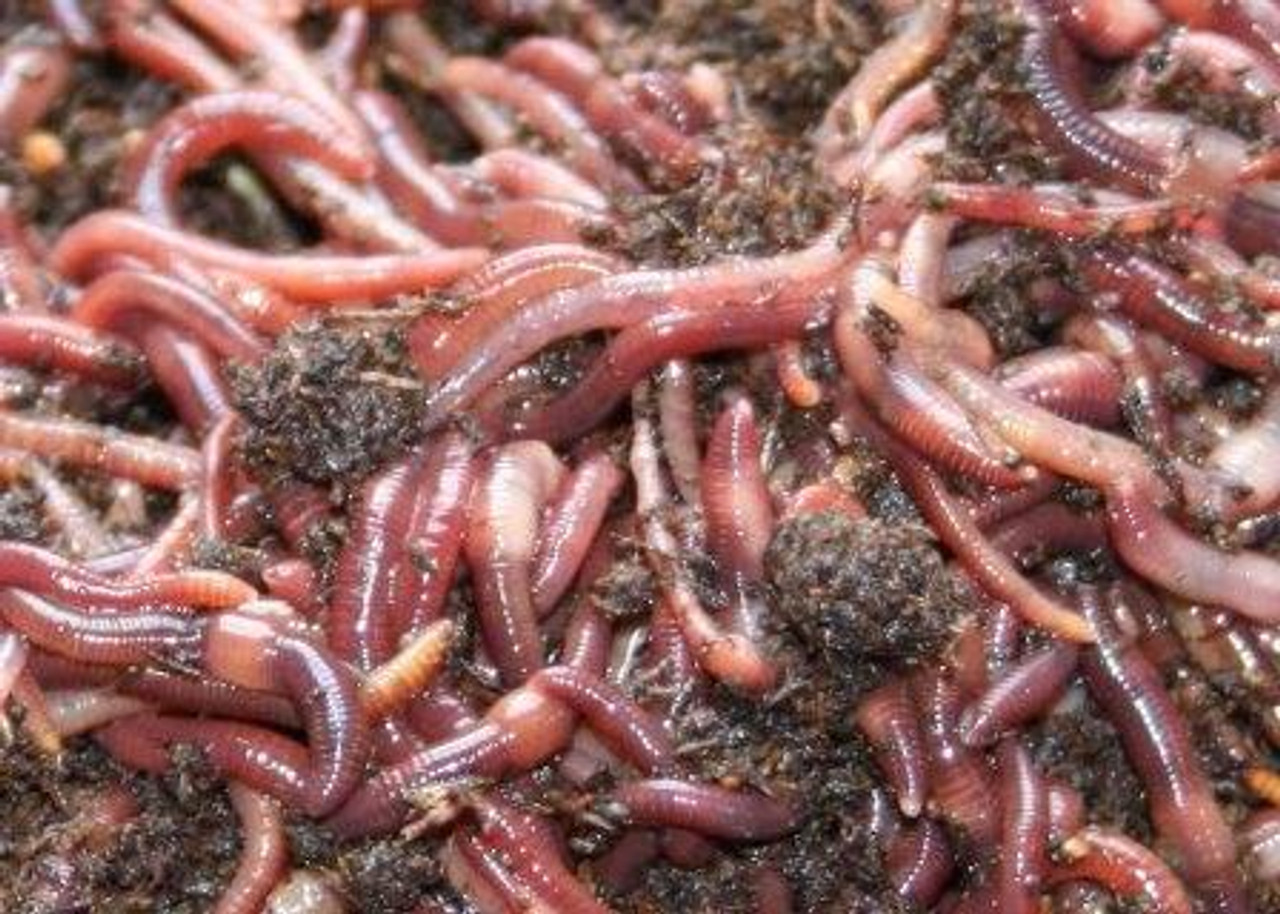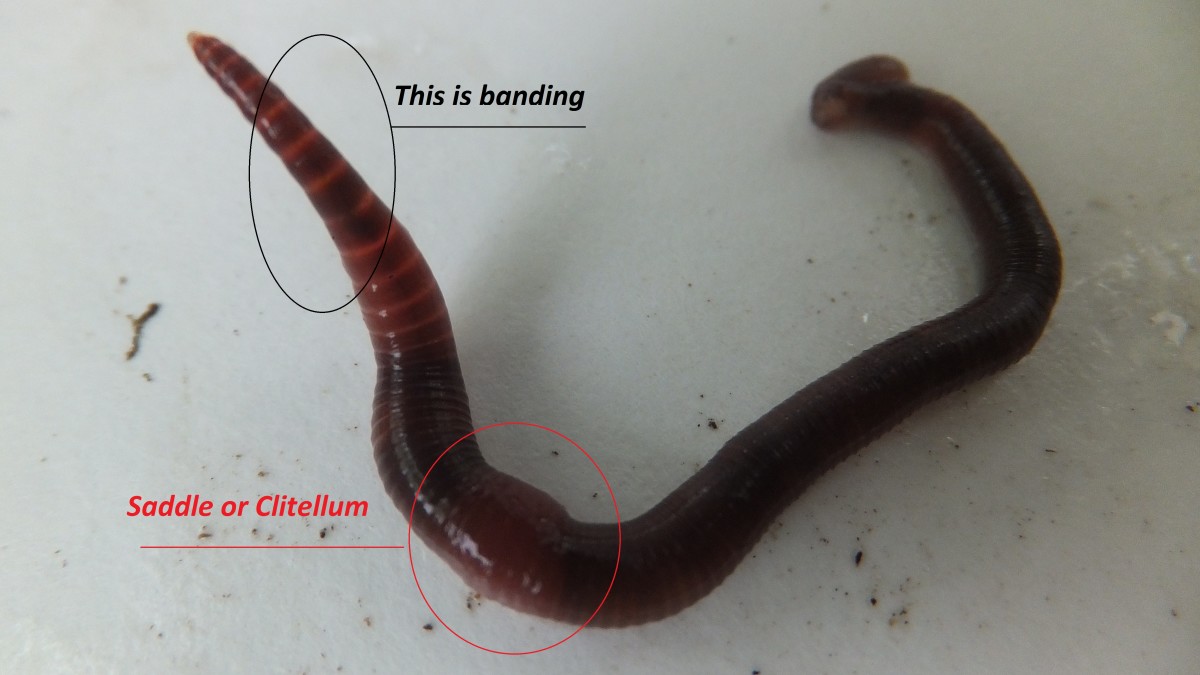The Secret to Lush Lawns Starts with Red Wiggler Express Lawn Care Services
The Secret to Lush Lawns Starts with Red Wiggler Express Lawn Care Services
Blog Article
Open the Keys of Red Wigglers: Your Overview to Composting Success
The assimilation of red wigglers into composting practices presents a significant opportunity for enhancing soil health and advertising sustainability. These microorganisms are not simply effective recyclers of organic waste; they provide a myriad of benefits that can change yard administration. Comprehending their needs and actions is important for maximizing their possibility, from establishing up an appropriate worm bin to feeding them the right products. As we check out the necessary elements of successful vermicomposting, one might question exactly how these small animals can bring about a much more dynamic and productive yard community.

What Are Red Wigglers?
(Lake Hickory Bait)Red wigglers, clinically referred to as Eisenia fetida, are a varieties of earthworm mostly utilized in composting as a result of their amazing capacity to disintegrate organic matter successfully. These worms are characterized by their reddish-brown pigmentation and a segmented body, commonly determining in between 3 to 4 inches in length. Unlike various other earthworm types, red wigglers thrive in rich, natural environments, making them excellent for vermicomposting systems.
Native to The United States And copyright, they are frequently located in rotting leaves and compost heaps, where they play an important duty in nutrient recycling. Their adaptation to residing in a wet, aerobic atmosphere enables them to eat large amounts of organic waste, breaking it down right into nutrient-rich spreadings that enhance dirt health.
Red wigglers replicate swiftly, with a single worm capable of creating numerous cocoons each week, each consisting of numerous hatchlings. This rapid reproduction rate adds to their performance in composting procedures. They prefer temperatures in between 60 ° F and 80 ° F, and their task degree boosts dramatically within this range, further helping in the decay procedure. Comprehending the biology and habits of red wigglers is crucial for maximizing their potential in composting applications.
Benefits of Using Red Wigglers
Harnessing the power of red wigglers in composting offers various benefits that enhance soil wellness and advertise lasting waste administration. These exceptional organisms effectively break down organic matter, changing cooking area scraps and lawn waste into nutrient-rich vermicompost. This finished product is exceptionally beneficial for plant growth, as it boosts dirt structure, increases dampness retention, and boosts nutrition schedule.

(Red Wiggler Express)In addition, the visibility of red wigglers in your composting system can speed up the composting process, generating top quality garden compost in a fraction of the moment compared to traditional techniques. The castings created by these worms are also including helpful bacteria that better enhance the dirt community.
Establishing Up Your Worm Bin
Developing an effective worm bin is a simple procedure that can significantly improve your composting initiatives. Worm containers can be made from plastic storage bins, wooden boxes, or readily readily available worm containers.
Next, prepare the bedding material, which works as the worms' environment. A mix of shredded paper, cardboard, and coconut coir functions well, offering a comfortable atmosphere for the worms. Go for a check it out bed linens depth of concerning 4-6 inches. Moisten the bedding lightly, guaranteeing it resembles a damp sponge without excess water pooling at the base.

Feeding Your Red Wigglers
To ensure the wellness and productivity of your red wigglers, it is necessary to offer them with a well balanced diet that meets their nutritional requirements. Red wigglers prosper on a varied array of organic products, which not only provide essential nutrients however also advertise efficient composting.
Start by integrating cooking area scraps such as veggie peels, fruit cores, and coffee grounds. Prevent citrus fruits, onions, and garlic, as these can be harmful to worm wellness. In addition, introduce shredded paper, cardboard, and dry leaves to create a well-aerated setting.
Feeding regularity need to be kept an eye on; normally, worms can consume half their body weight in food weekly. It is crucial to prevent overfeeding, as excess food can lead to undesirable smells and draw in pests. A great method is to include food in percentages, enabling worms to refine it before introducing extra.
Maintaining moisture degrees is also important; the bed linen must be wet yet not soaked. Last but not least, make sure to on a regular basis inspect the temperature and pH degrees of the bin to guarantee an optimal environment for your red wigglers, ultimately enhancing their composting performance.
Harvesting and Making Use Of Compost
An effective composting procedure with red wigglers finishes in the rich, dark garden compost called vermicompost, which can substantially boost soil health and plant growth. Collecting this nutrient-dense material generally occurs every three to six months, relying on the dimension of your system and the quantity of natural matter being processed.
To collect, gently separate the compost from the worms and any type of undecomposed materials. One effective technique involves relocating the contents of the container away and including fresh bedding and food to the empty space, encouraging the worms to migrate. After a few days, the compost can be gathered from the contrary side.
It is vital to make use of vermicompost properly to optimize its benefits. It can be made use of as a leading clothing for garden beds, blended into potting soil, or made right into a nutrient-rich liquid fertilizer understood as "worm tea." This application method helps to supply crucial nutrients directly to plant roots, advertising healthier growth. By integrating vermicompost right into your gardening routine, you not just reuse organic waste however likewise create a growing ecosystem that supports lasting gardening practices.
Verdict
In recap, red wigglers offer as phenomenal allies in composting efforts, transforming natural waste into nutrient-rich vermicompost. By understanding the optimal problems for their environment, feeding needs, and garden compost harvesting techniques, gardeners can enhance dirt wellness and advertise plant vigor.
Report this page